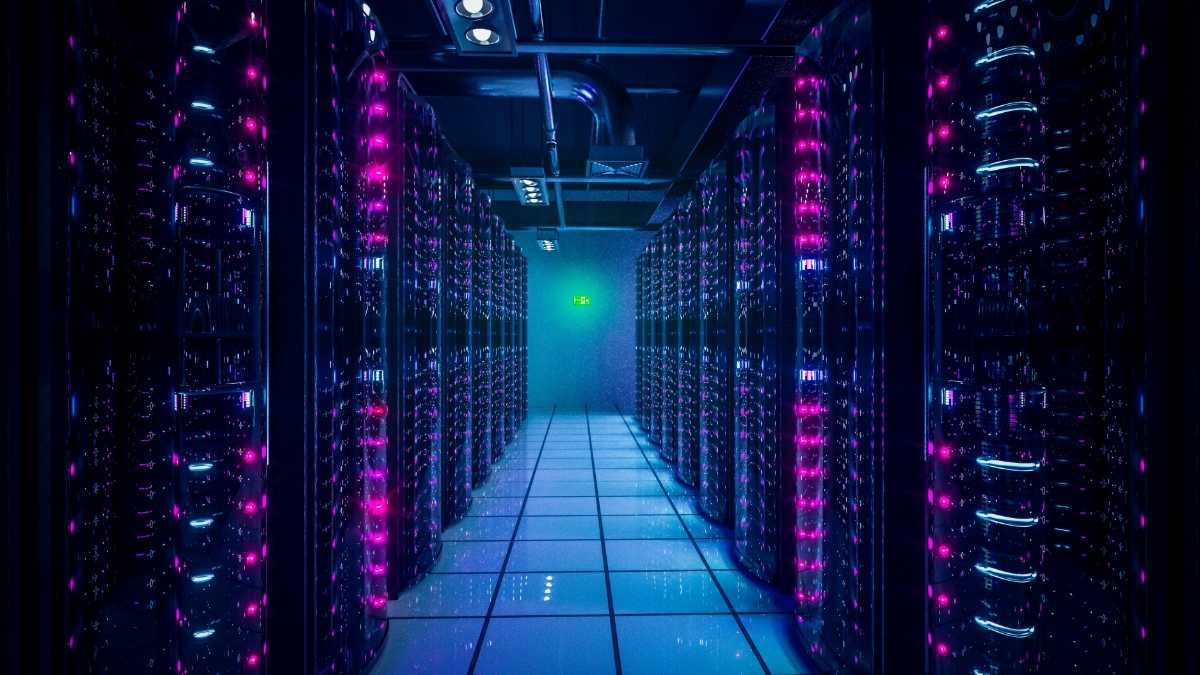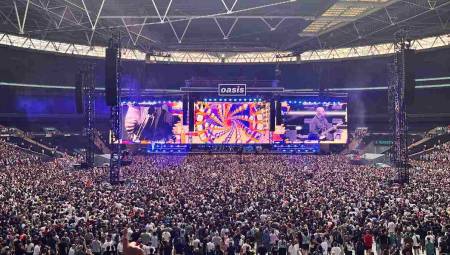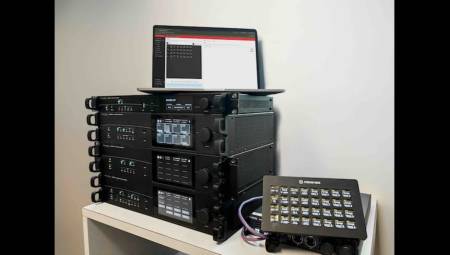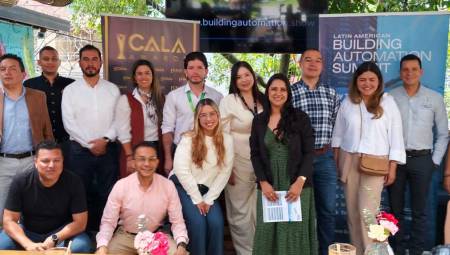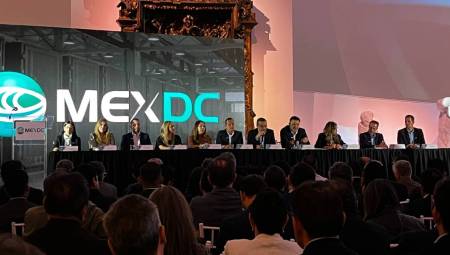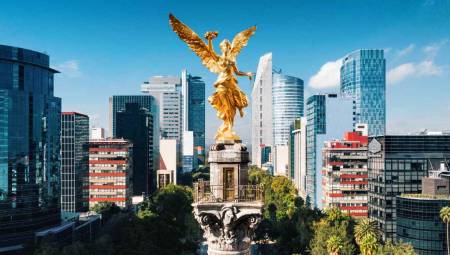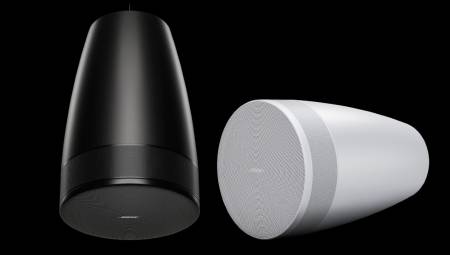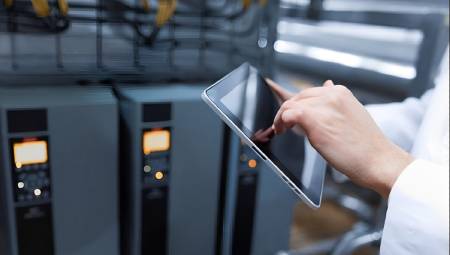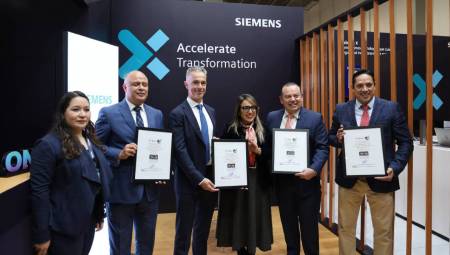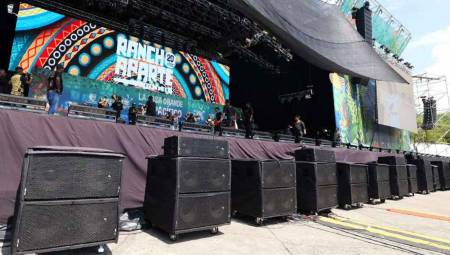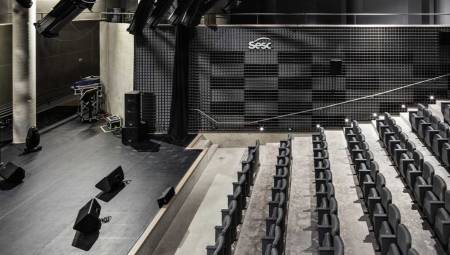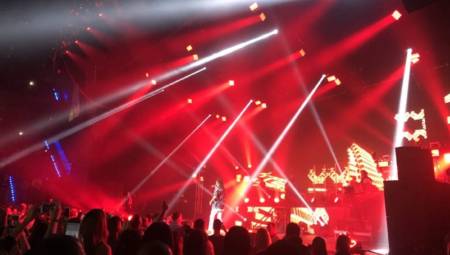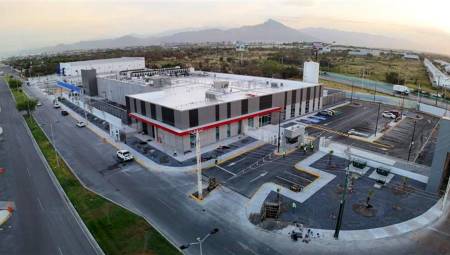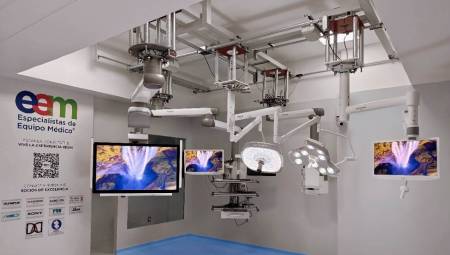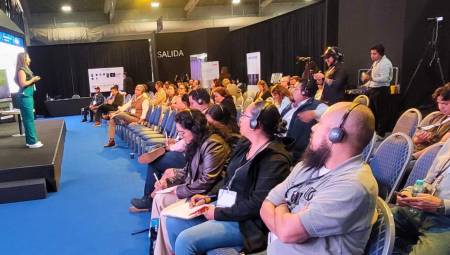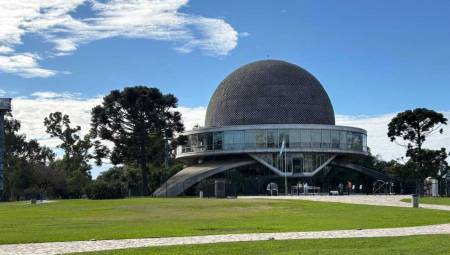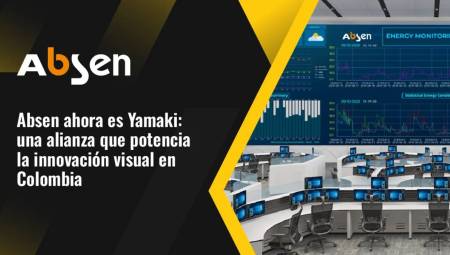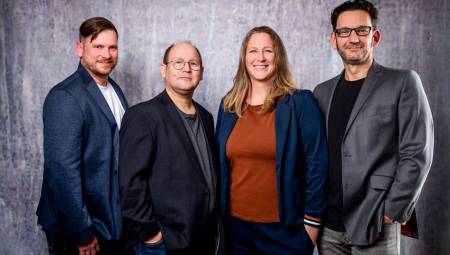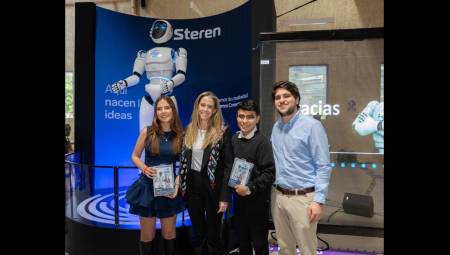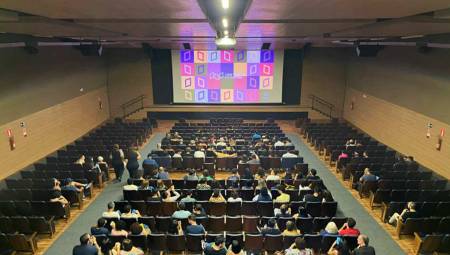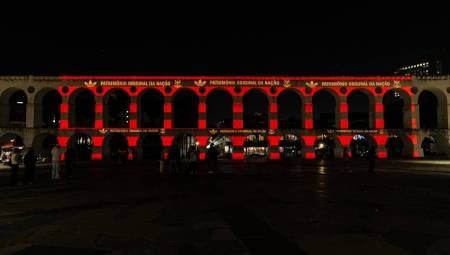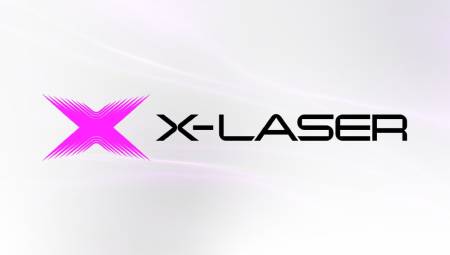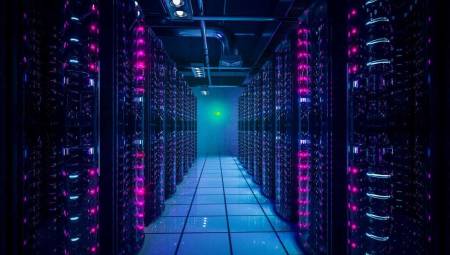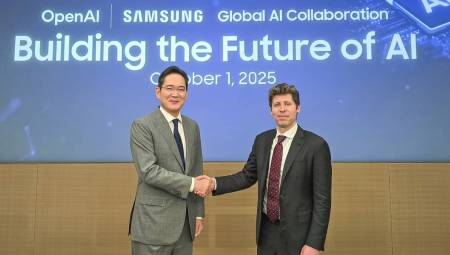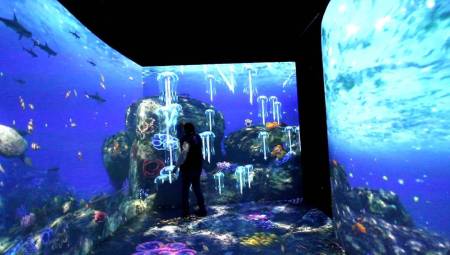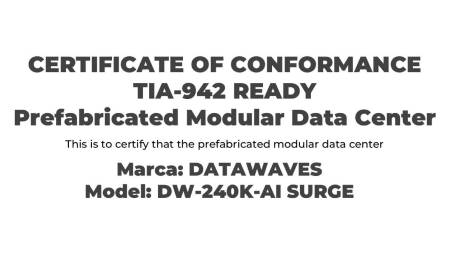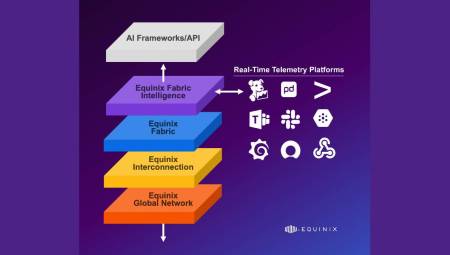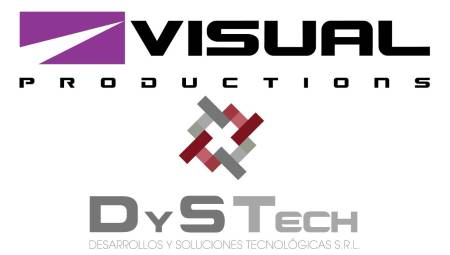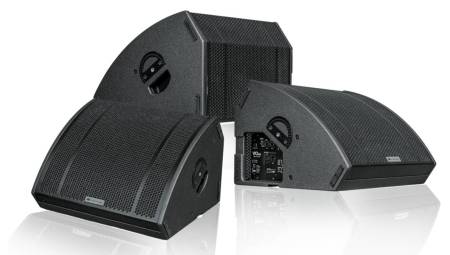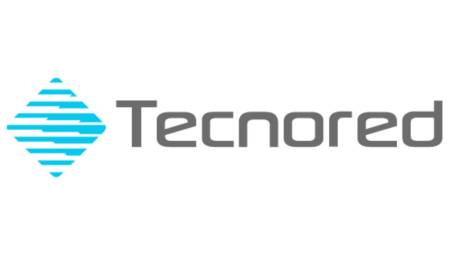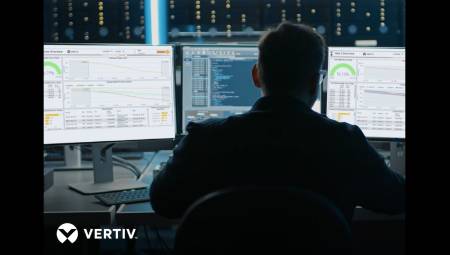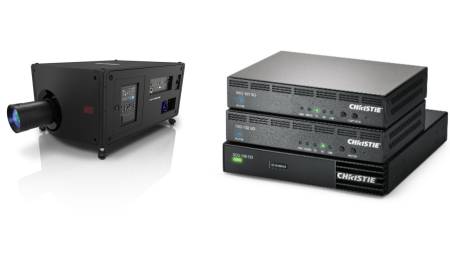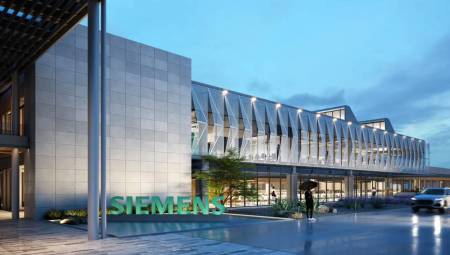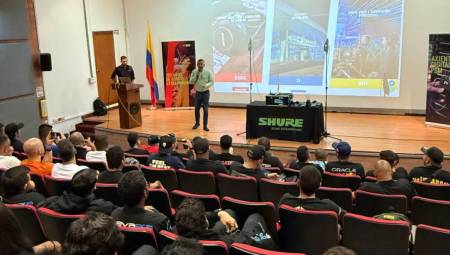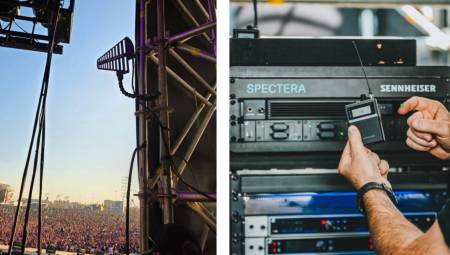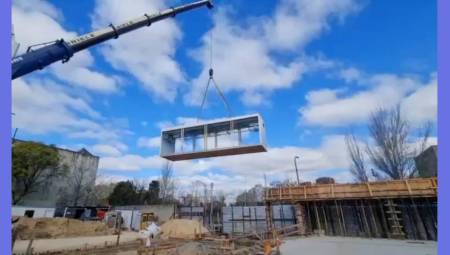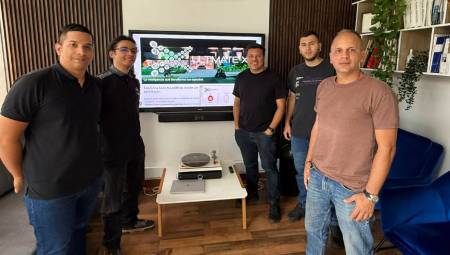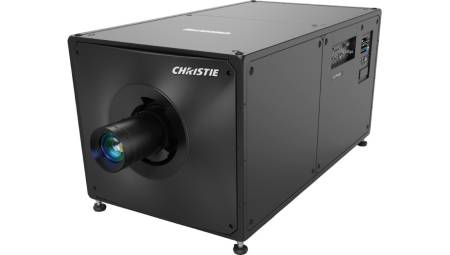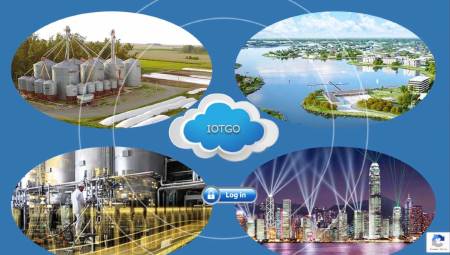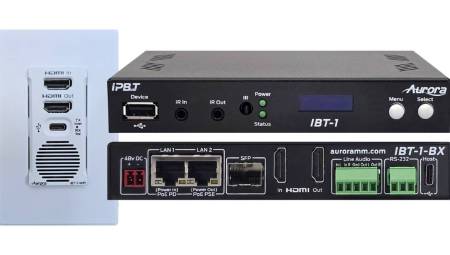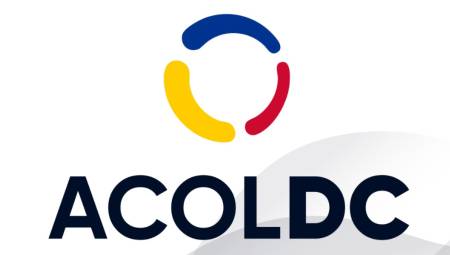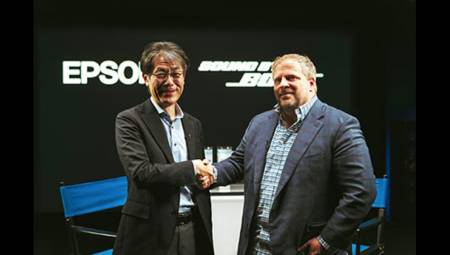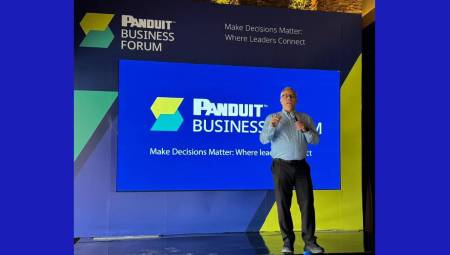Mexico. Digital transformation, the growth of e-commerce, the massification of connected devices and the rise of artificial intelligence have skyrocketed the global demand for data.
According to Panduit, data centers in Mexico face increasingly complex demands in terms of speed, scalability, sustainability, and operational continuity. In this scenario, the physical and electrical infrastructure becomes a critical piece since 100% of the operation of all devices depends on it.
"If the heart of digitalization is data processing, the arteries are the networks that support it," summarizes Víctor Juárez, Business Development Manager for Data Centers, Panduit LATAM, when explaining how the industry must prepare for 2025 and the years to come. From the expert's perspective, data centers can no longer be thought of as rigid or static structures, but as modular, agile, resilient and highly energy-efficient environments.
The connectivity challenge: more data, less latency
The exponential growth of AI, IoT, 5G, and soon-to-come (coming soon) 6G applications are demanding faster and more reliable connectivity from data centers. According to the World Economic Forum, current figures estimate that the power demand for data centers using AI accounts for around 4% of electricity consumption, for example, in the US, and is expected to double by the end of the decade.
For Juárez, this implies the need to migrate to solutions such as category 6A cabling, the use of OM5 fiber optics and the implementation of modular racks such as the M3 and M4, which allow greater density and efficiency in reduced spaces.
"The challenge is not only to transmit more data, but to do so without latency, without interruptions, with visibility and centralized management capacity, as well as high energy efficiency," explains the manager. The trend is towards infrastructure solutions that enable micro-segmentation, network automation, and real-time monitoring to ensure availability and quality of service.
Energy efficiency: when sustainability becomes a strategy
In a country like Mexico, the 2nd largest market in LATAM in terms of m2 and energy power of data centers, according to a study by DCD Intelligence and IDC and where the Mexican Energy Association (AME) reported that 25 billion dollars have been allocated in the area of private electricity generation, energy stability presents challenges and the electricity consumption of data centers becomes a central concern.
The Copenhagen Centre on Energy Efficiency predicts that by 2030 ICT will account for more than 20% of global electricity demand, and that a third will come from data centres.
According to Juárez, beyond meeting sustainability goals, energy efficiency has become an operational and business necessity:
"It's not just about reducing emissions or ensuring continuity and availability. An energy-efficient data center not only consumes less, it also generates less heat, needs less cooling, and that translates into fewer risks and longer equipment life." The design of solutions that allow efficient thermal management and intelligent electrical distribution (such as intelligent PDUs and environmental monitoring systems) is today a priority.
Faced with increasingly dynamic environments, data centers must be able to adapt without interruption. "Modularity is key. We cannot continue to think about projects that are planned for five or ten years without the ability to scale or adjust. Today it is designed to grow intelligently, without wasting resources or space," says Juárez.
Flexibility then becomes a factor of resilience. Faced with scenarios such as seasonal demand peaks, natural disasters or cyberattacks, the infrastructure must respond without compromising the operation.
Looking to the future: intelligence in infrastructure
The path to intelligent infrastructure with fiber optics is not optional, but inevitable. Advanced analytics and predictive monitoring will be essential to reduce downtime, anticipate failures, and optimize resource usage, based on high data transmission.
"It is important to understand that it is no longer enough to have robust infrastructure. Today it must be intelligent, capable of self-diagnosis, predicting failures and adapting to user behavior," Juárez concludes.
With an eye on 2025, data centers must move from just physical storage and processing spaces to living, sustainable, and autonomous ecosystems with high-quality fiber optics. In this environment, connectivity and energy infrastructure will be the foundation to sustain the next wave of technological innovation.



